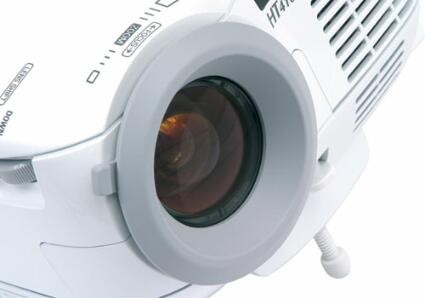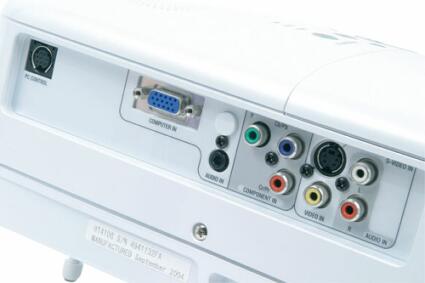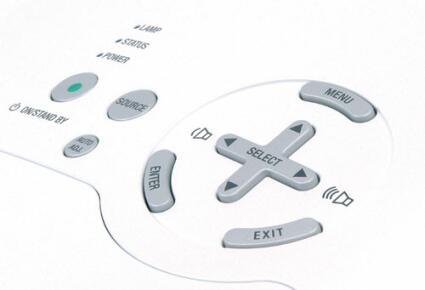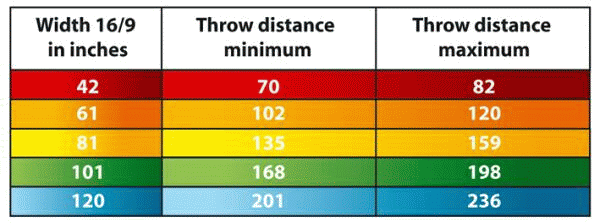Video Projectors: Evolving Towards High Definition
NEC HT410: Test Pattern And Movie Tests
For Home Theater use, we found that the video mode produced better results in terms of white balance. In that configuration the whites were bright while still maintaining good black depth and subtle gray shades. Color separation was excellent, and saturation was very good with the factory calibration.
The NEC HT410 has another very practical and innovative function - the ability to correct the projected image for the color of the wall. So, if you haven't sprung for a fancy screen yet, you can project your movies on a wall, even if it's not pure white. (Of course, your wall does have to bear some resemblance to white!)
Our sharpness test patterns were compelling and image stability was perfect, except with signals beyond 576p. But that's normal considering the imager used. Still, you can push the sharpness to 5 to get a more precise image.
For Home Theater use, the HT410 had no problem with most of our test sequences. The image was quite detailed and the depth of field was good, even with dark scenes. There's no doubt that the DLP technology beats LCD in this area. The image was fairly detailed and sometimes even seemed to go beyond the physical limits of the 854x480 chip. Moving to progressive mode greatly reduced the problem of visible pixels, but you really need a minimum viewing distance of twice the image size to eliminate pixel-grid visibility. Similarly, the low brightness means that this projector can't really display images larger than 6' (1.8 m) in 16:9 aspect ratio without losing uniformity and contrast.
Overall, the NEC HT410 is a good product that suffers more from its market positioning than from its undeniable qualities. The competition is intense for entry-level DLP video projectors. Models selling for between $1,000 and $1,500 are quickly being overtaken by new models that go for less than $1,000, and clearly losing the fight with models in the neighborhood of $1,300 in terms of quality.
Pros: Contrast, quiet operation, black depth
Cons: Low resolution, no DVI, price higher than the competition
Get Tom's Hardware's best news and in-depth reviews, straight to your inbox.




